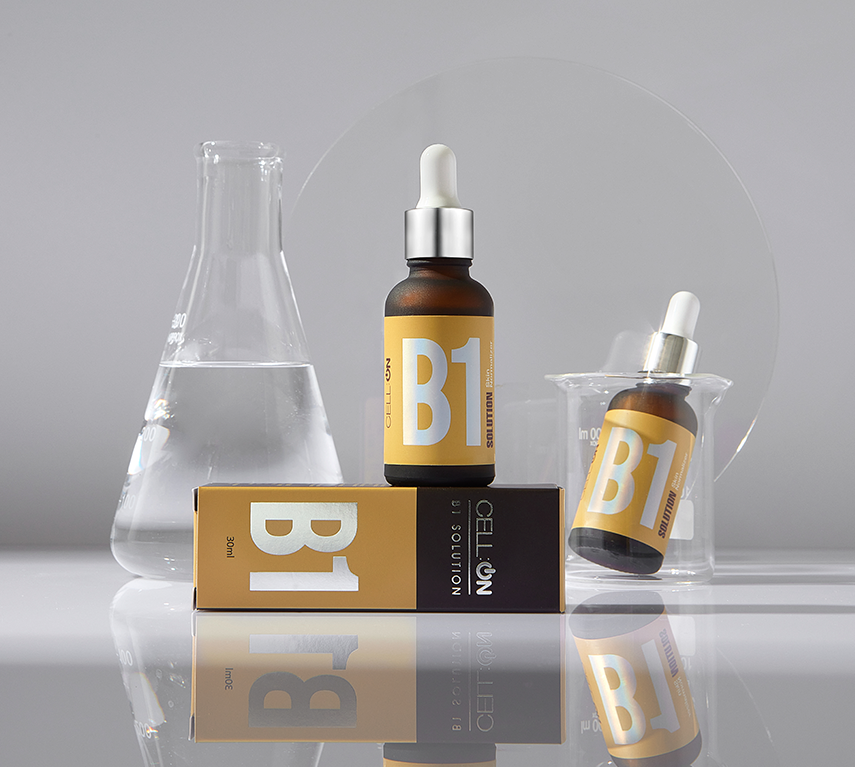What is the Difference Between OEM and ODM?
In today's globalized market, businesses are looking for ways to optimize their production processes and improve their competitiveness. Two terms that are frequently used in this context are OEM and ODM. While they may seem similar, there are distinct differences between the two that businesses should be aware of when considering their manufacturing options. In this article, we will explore the differences between OEM and ODM, their advantages and disadvantages, and how to choose the right option for your business.
Table of Contents
- Introduction
- What is OEM?
- Advantages of OEM
- Disadvantages of OEM
- What is ODM?
- Advantages of ODM
- Disadvantages of ODM
Introduction
OEM and ODM are two terms used to describe different manufacturing strategies. OEM stands for Original Equipment Manufacturer, while ODM stands for Original Design Manufacturer. OEM is a strategy in which a company designs and manufactures a product that is sold under another company's brand name. ODM, on the other hand, is a strategy in which a company designs and manufactures a product based on another company's specifications or design, and then sells the product under their own brand name.
What is OEM?
OEM, or Original Equipment Manufacturer, is a strategy in which a company designs and manufactures a product that is sold under another company's brand name. This means that the product is designed, produced, and marketed by the manufacturer, but it is sold under the brand name of the company that commissioned the product. In this model, the manufacturer is responsible for the entire production process, from design to assembly to packaging and distribution.
Advantages of OEM
One of the main advantages of OEM is that it allows companies to focus on their core competencies. By outsourcing the production of their products to an OEM, companies can free up resources that can be used to improve their marketing, distribution, and customer service efforts. OEM also allows companies to take advantage of the expertise and specialized knowledge of the manufacturer, who has a deep understanding of the production process and the materials and technologies involved.
Disadvantages of OEM
One of the main disadvantages of OEM is that companies may have limited control over the production process. Since the OEM is responsible for the design and production of the product, they may not be able to make changes or improvements to the product without the approval of the company that commissioned the product. This can lead to delays in product development and a lack of flexibility in responding to market trends and customer needs.
What is ODM?
ODM, or Original Design Manufacturer, is a strategy in which a company designs and manufactures a product based on another company's specifications or design, and then sells the product under their own brand name. In this model, the manufacturer is responsible for the production process, while the company that commissioned the product is responsible for the design and marketing.
Advantages of ODM
One of the main advantages of ODM is that it allows companies to bring products to market quickly and efficiently. By outsourcing the production process to an ODM, companies can focus on their core competencies, such as product design, marketing, and distribution. ODM also allows companies to take advantage of the specialized expertise of the manufacturer, who has a deep understanding of the production process and the materials and technologies involved.
Disadvantages of ODM
One of the main disadvantages of ODM is that companies may have limited control over the production process. Since the ODM is responsible for the production of the product.








